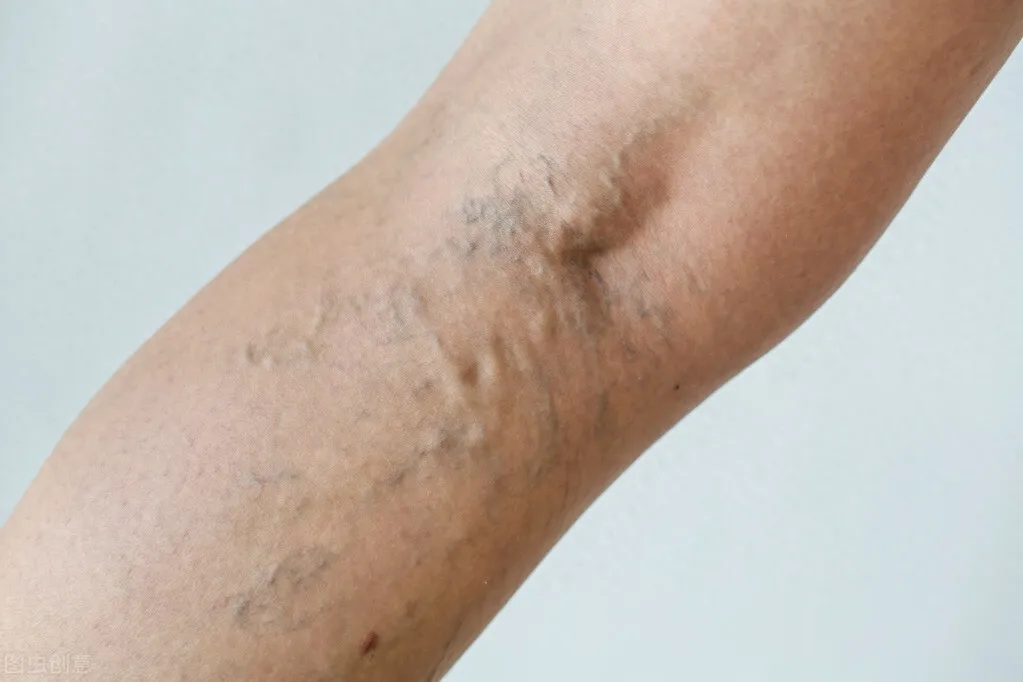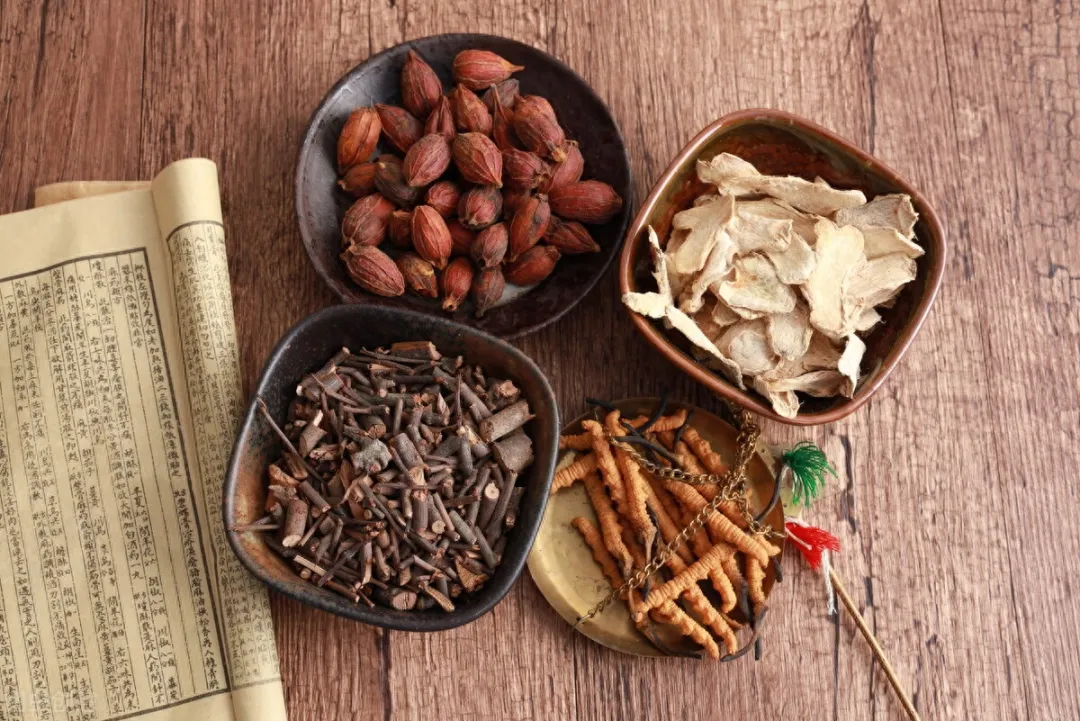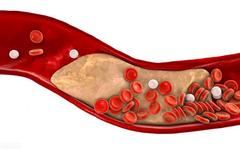Everyone is quite familiar with blood stasis. From the perspective of Traditional Chinese Medicine (TCM), it refers to the obstruction of qi and blood in the meridians, causing stagnation in a specific area. This is known as blood stasis.
From the perspective of Western medicine, it is characterized by thick blood, narrowed blood vessels, and the tendency to form plaques, leading to slow blood flow, which is also referred to as blood stasis.

When blood stasis occurs, the body’s metabolic waste cannot be effectively expelled, leading to the accumulation of toxins within the body, which negatively impacts surrounding cells and results in various uncomfortable symptoms.
For instance, arterial blood stasis can lead to severe vascular occlusion, while venous blood stasis is commonly associated with deep vein thrombosis, and may even manifest as varicose veins resembling earthworms on the legs.
If long-term blood stasis occurs within the organs, it may increase the risk of tumor development.
Thus, the saying that blood stasis leads to numerous diseases holds true, and we must pay attention to blood stasis. How can we determine if our body has blood stasis? Pain sensations can provide us with clues.
Blood Stasis Can Lead to Three Types of Pain
1. Stabbing Pain
Frequent mild stabbing pain usually indicates slight blood stasis.
We know that blood needs to flow forward under the pressure of blood pressure. If there is a blockage, blood pressure will rise, causing the capillaries to expand and possibly rupture, affecting nearby nerves and resulting in a stabbing pain sensation.

This pain often occurs in the chest and rib areas, typically with fixed stabbing points. If you frequently experience this stabbing pain, along with symptoms such as purplish spots on the tongue coating, varicose veins under the tongue, or prominent veins on the hands, it may indicate concurrent heart and liver diseases.
2. Cramping Pain
Frequent cramping pain suggests severe blood stasis. Generally, the stabbing pain mentioned earlier is caused by minor blockages in a few blood vessels.
When only a few vessels are mildly blocked, other vessels can still function, so blood flow remains close to normal, and significant pain or abnormalities do not occur.
However, if the vascular network is severely blocked or experiences acute obstruction, it may lead to symptoms of hypoxia and ischemia in vital organs. Once the cells lack the supply of blood nutrients, extensive necrosis can occur, resulting in intense cramping pain.

Common examples include gastric cramping pain and angina.
If you experience prolonged angina without relief, it is crucial to be vigilant and seek medical attention immediately.
3. Dull Pain
Frequent dull pain or neuralgia should raise suspicion of tumors. When tumors develop within the body, they may compress the nerves of vital organs, causing reflexive dull pain sensations.
Generally, our internal organs lack sensory receptors, making pain less noticeable. However, if you frequently experience dull pain, it is essential to be cautious.
For example, lung tumors may cause dull pain in the chest that radiates to the shoulder, while gastric tumors may lead to back pain.
If you have such issues, it is vital to be alert.
How to Regulate Blood Stasis?
If you have any of the aforementioned symptoms of blood stasis, you can use blood-activating formulas for regulation. Depending on the location of the blood stasis, different blood-activating formulas can be used. It is recommended to use blood-activating herbs under the guidance of a TCM practitioner.
You can prepare daily infusions, medicinal meals, or compose TCM formulas to alleviate discomfort from blood stasis.

If blood stasis occurs in the head, Chuan Xiong (Ligusticum chuanxiong) can be used to promote blood circulation and resolve stasis; if it occurs in the heart, Dan Shen (Salvia miltiorrhiza) can be used; if it primarily affects the liver, Yu Jin (Curcuma longa) can help regulate qi and invigorate blood; if it mainly affects the lower limbs, Ji Xue Teng (Spatholobus suberectus) can help relax the meridians and activate collaterals; if there is blood stasis in the female reproductive system, Dang Gui (Angelica sinensis) is the best choice, as it is a sacred herb in TCM gynecology that helps nourish and invigorate blood.
Note: Always use herbs after TCM differential diagnosis.
Remember Follow us!
Follow us!
Editor Shares Good Articles with Friends
1.Many stomach diseases have their roots in the liver or cold; a simple combination of two herbs can soothe the liver, regulate qi, warm the stomach, and dispel cold.
2. Flatulence is a mirror of the spleen; these three types of flatulence remind us to nourish the spleen, with six TCM patent medicines to regulate the spleen and stomach.
3. Insufficient lung qi and lung yin, with symptoms of shortness of breath, dry cough, aversion to wind, excessive sweating, irritability, and tidal fever treatment.
4. Palpitations, chest tightness, and difficulty breathing? A “powerful” TCM patent medicine can clear obstructions and prevent heart disease.
Like is a form of encouragement Share to spread joy

